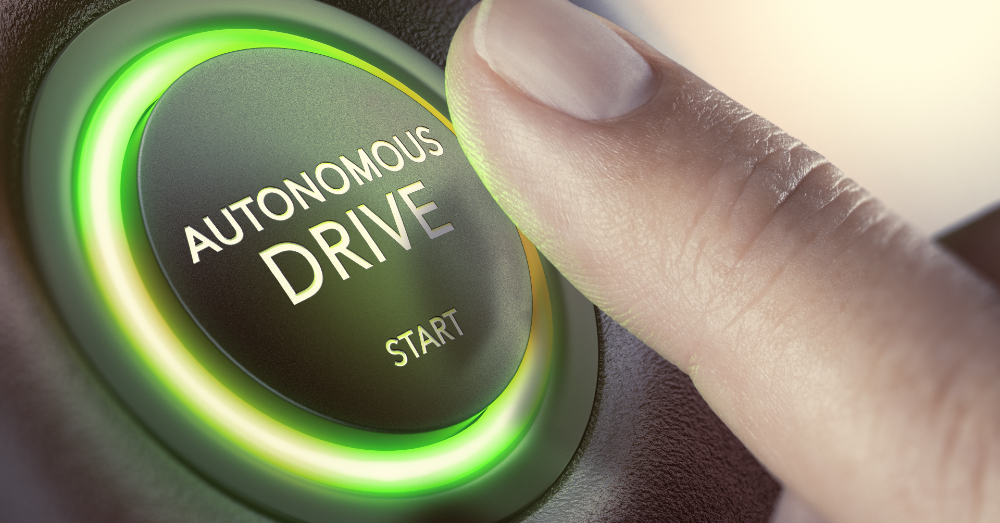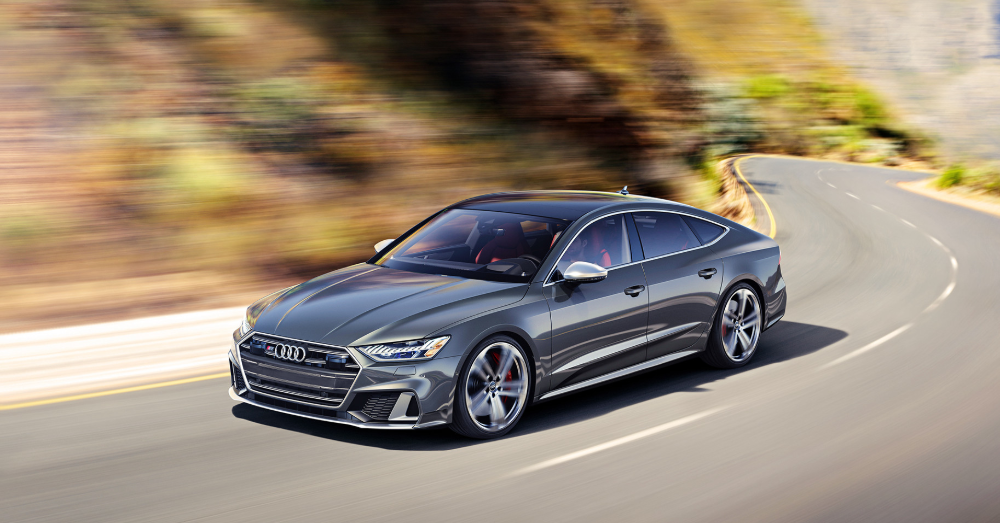Self-driving cars, also known as autonomous vehicles, have been a conversation topic in the automotive world for several years. Will they ever become a reality?
Although science fiction and cartoons have presented us with vehicles that can drive without human intervention for years, bringing these ideas to reality seems to still be several years away. Some companies, such as Google’s Waymo, have tested autonomous vehicles in various cities. Some automakers are pushing forward toward cars that can drive without human intervention, but several hurdles still exist that must be overcome in order to achieve this goal.
Hardware and Software Must Improve
Before we allow computers to drive us everywhere we want to go, the hardware and software will need to prove its capable of such a task without failure. Most traffic accidents are caused by some form of human error, but this is perfectly understandable because people aren’t perfect. We expect our computers to be perfect and not get confused by a busy intersection or sunlight coming off of a vehicle. Current computers aren’t ready to take on the job of driving us around without failure.
Mapping and GPS Precision is a Must
Have you ever used your GPS only to find it sends you on a road that isn’t there? Are there barriers between neighborhoods that you see, but your GPS doesn’t show on the screen? The Waymo self-driving cars on the streets in San Francisco use ultra-precise mapping, but these systems are still flawed. Not only are some flaws expected in mapping systems, but some systems also don’t account for lane shifts caused by road construction in various areas. Mapping and GPS systems will need to be much better than they are now.
Sensors Must Change
If you’ve ever seen any of the autonomous testing vehicles on the road, you know these cars are an eyesore. Many have large sensors on the roof, front bumper, and rear bumper to create a digital 3D view of the area while driving. These large sensors are ugly and remove the beauty of automotive design. Additionally, the sensor pods for autonomous vehicles are expensive, which would put these models at prices that most people can’t afford. Before these cars become a reality, the sensors will need to change.
Growing Pains Are Coming
The infrastructure in most areas isn’t ready to support vehicle-to-vehicle (V2V) communication. In addition to the need for V2V communication, self-driving cars will need to understand that most models on the road won’t communicate with them because of age, lack of computerization, or mistrust of owners. Many people aren’t ready to see cars without human drivers on the road next to them and will do whatever they can to avoid these cars hitting the market. The world will need to go through many growing pains to get to an autonomous future.
Safety Hurdles Await These Cars
Every crash involving an autonomous test model is scrutinized and dissected to ensure the same accident can’t happen again. Eventually, we could reach a time when these vehicles are mainstreamed, which should provide a much safer road experience for everyone, but that’s not a guarantee. Some accidents are chalked up to the programming of autonomous vehicles, which is a serious challenge for these vehicles. Eventually, self-driving cars will be safer to use than those we drive now, but that’s not the case yet.
Liability Concerns
One of the most challenging aspects of autonomous vehicles is the responsibility in a crash. Should the automaker face liability concerns for cars that are programmed to drive without a human behind the wheel? How can the vehicle owner be liable for an accident when they aren’t actually operating the vehicle? In fact, when a person is inside a vehicle in an accident that’s being driven on an automaker’s system, the occupant is nothing more than a victim. Where should blame for accidents be placed?
Can They Get Past Weather Concerns
The sensors and cameras being developed for self-driving cars can’t get past the visibility concerns of sown, fog, and heavy rain. Even with advanced mapping, these cars will need to make adjustments for foul weather, and human controls are necessary when the sensors are dirty. This can be a problem under bad road conditions as well. Most autonomous vehicles have been tested in the Sun Belt states because the weather is typically mild, with very little rain or fog and almost no snow.
Self-driving cars could be part of our future, but there are several roadblocks in the way that will keep people behind the wheel for many years.
This post may contain affiliate links. Meaning a commission is given should you decide to make a purchase through these links, at no cost to you. All products shown are researched and tested to give an accurate review for you.




